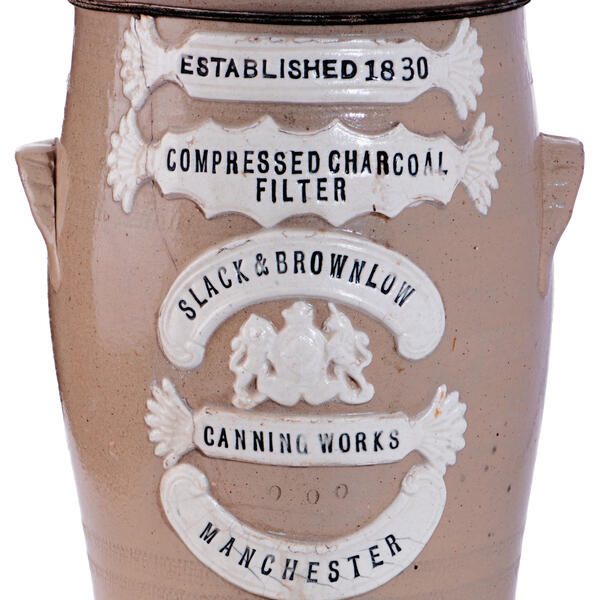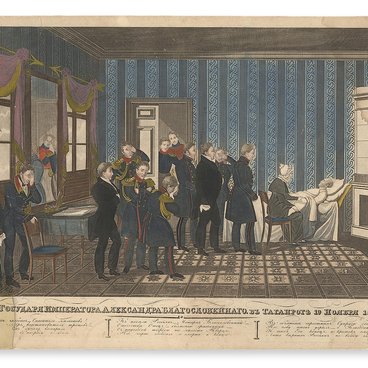Initially, Taganrog citizens used water from springs. However, they eventually ran dry: perhaps, the aquifer was damaged when a defensive moat was dug up around the city. After that, citizens dug wells, but these also quickly dried up.
Rain remained the main source of precious fresh water which was stored in barrels and other containers. However, in such tanks, water would quickly get spoiled and become unusable. This is why purifying stagnant rainwater became a priority for the locals. They began using coal filters, both imported and locally produced.
Clean water from springs located on the outskirts of Taganrog was also delivered by trucks and sold in buckets. It was only used for drinking and cooking, while rainwater from special storage tanks was used for washing and watering plants. Domestic animals also drank rainwater. Almost every Taganrog household had a water storage tank up to 10 meters deep dug up outside. It was lined with bricks and cemented.
The shape of such a water tank resembled a bottle, with a diameter of up to two meters at the bottom and about one meter at the top. Rainwater would flow down the downpipes into the tank, not being mixed with the dirt in the yard. Due to the fact that the temperature inside the tanks was maintained at a level of about 4 degrees Celsius, water would stay fresh for a long time even in hot weather and would not freeze even when it was cold. It is almost impossible to find a water storage tank that is still used in Taganrog, but there are some abandoned ones.
Public water storage tanks were built in Taganrog. The first one appeared on Red Square in 1808. In the late 19th century, wealthy citizens began to install their own water supply systems, but it was extremely rare. Representatives of the petit bourgeoisie and working class still bought water from water carriers and filtered it using special devices. The problem of water supply in Taganrog was only solved by building a water supply system in the 20th century with the advent of Soviet power.
The museum collection houses a water filter designed for home use. It is a ceramic cylinder with two handles and a hole at the bottom for a faucet which has not been preserved. The filter was manufactured in England at the turn of the 20th century.

